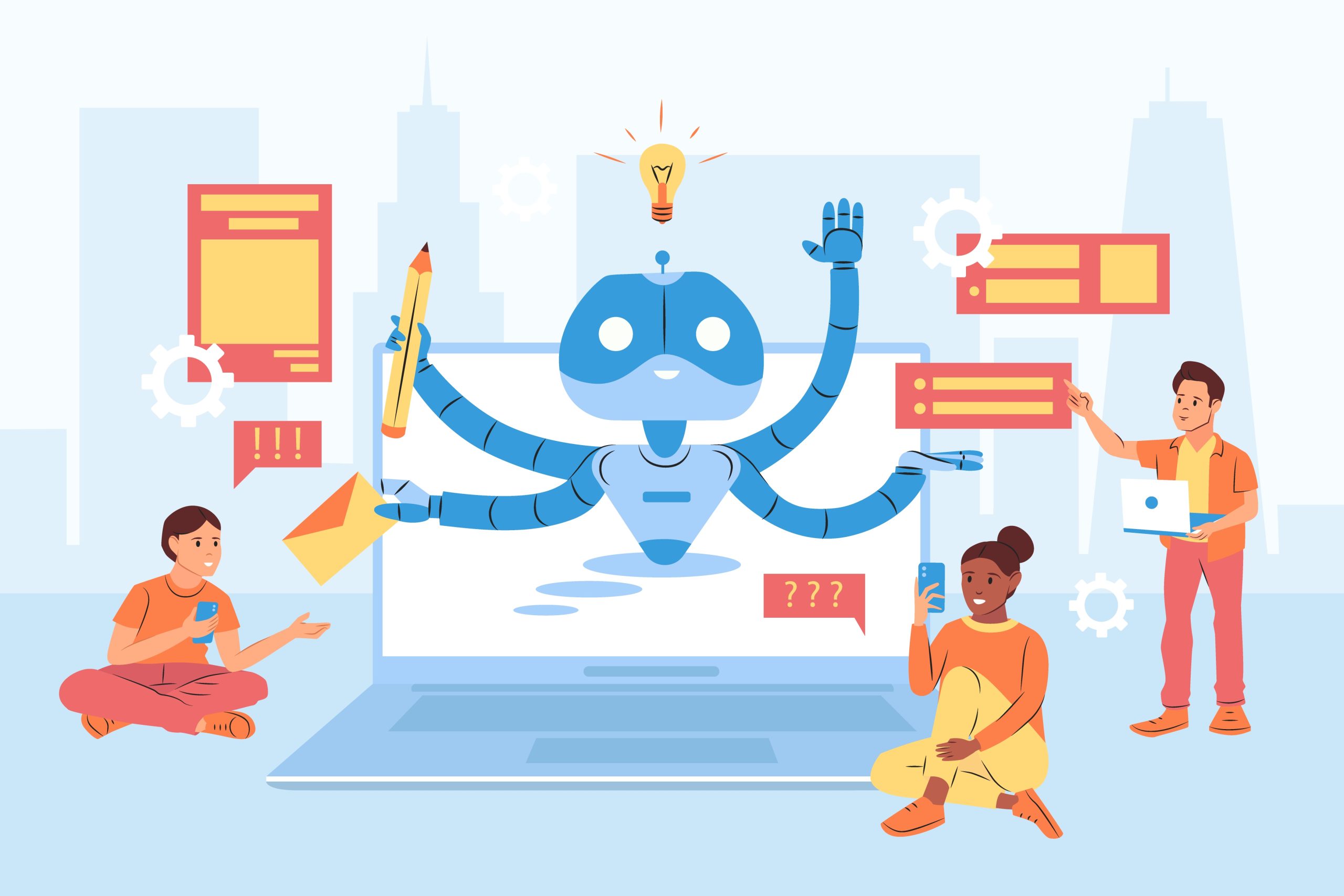The digital economy is undergoing a transformation as agentic AI reshapes business strategy by fusing autonomous intelligence with human creativity. Unlike traditional AI, which focuses on automating routine tasks, agentic AI introduces a new paradigm—intelligent systems that act independently, make decisions, and continuously learn. These advanced tools function as proactive digital collaborators, capable of initiating actions, solving complex problems, and working alongside humans to redefine the future of work.
When integrated strategically with the traditional workforce, Agentic AI has the potential to fundamentally transform business strategies, ushering in a new era of productivity, innovation, and human-AI synergy. This post explores the unique advantages of combining Agentic AI with human workers, the impact on core business strategies, and how forward-thinking organizations can prepare for this shift.
What is Agentic AI?
Before diving into the business implications, it’s important to understand what sets Agentic AI apart from conventional AI:
- Autonomy: Agentic AI operates with a high degree of independence, capable of initiating tasks and making complex decisions without constant human input.
- Context-awareness: These agents understand the broader context of their actions, enabling more adaptive and intelligent behavior.
- Goal-orientation: Agentic AI systems are driven by objectives, able to plan, execute, and adjust strategies in real time to meet goals.
- Continuous learning: They improve over time by learning from successes and failures, much like a human team member would.
In essence, Agentic AI doesn’t just assist; it acts, making it a powerful co-pilot for business operations and strategy development.
The Traditional Workforce: The Human Element that AI can’t Replace
Despite rapid technological progress, the traditional workforce brings irreplaceable value to organizations:
- Creativity and empathy: Humans excel at creative problem-solving, emotional intelligence, and nuanced communication—areas where AI still lags.
- Cultural and ethical judgment: Human decision-making is often guided by culture, ethics, and shared values.
- Strategic thinking: While AI can crunch numbers and analyze trends, humans often spot subtle opportunities and risks that data alone can’t reveal.
Rather than replacing this workforce, Agentic AI should be seen as a partner that enhances human capabilities and extends organizational capacity.
How Agentic AI in Business Strategy Transforms Human Collaboration
1. Enhanced Decision-Making
Traditionally, executives and managers have relied on data analysis teams and static dashboards to make strategic decisions. With Agentic AI, businesses can deploy autonomous agents that:
- Aggregate and interpret data across multiple domains.
- Run simulations to forecast outcomes.
- Recommend strategic actions based on real-time insights.
When human leaders collaborate with Agentic AI, they’re better equipped to make faster, more informed decisions—reducing risk while capitalizing on emerging opportunities.
Example: A retail chain could use Agentic AI to monitor global supply chain risks and autonomously adjust procurement strategies. Managers, in turn, interpret the recommendations and integrate them into broader business planning.
2. Operational Efficiency and Workforce Productivity
Agentic AI can autonomously manage operational tasks such as:
- Workflow optimization
- Inventory and logistics management
- Customer service interactions
- Financial forecasting
By offloading these functions, employees can redirect their energy toward high-value, creative, or strategic work. This improves both employee satisfaction and organizational productivity.
Example: In a financial services firm, Agentic AI could handle transaction monitoring and flag anomalies, while analysts focus on complex compliance cases and client advisory roles.
3. Customer Experience Personalization
Agentic AI can help businesses hyper-personalize the customer journey by:
- Learning user preferences in real time
- Crafting custom messages and product suggestions
- Handling support queries autonomously and intelligently
Human employees can then step in for complex needs, building trust and rapport. This seamless collaboration enhances customer satisfaction and drives brand loyalty.
Example: An e-commerce platform might use Agentic AI to create tailored marketing campaigns while support teams handle escalations with empathy and tact.
4. Scalable Innovation
With Agentic AI handling the “how,” employees can focus on the “what if.” Teams are freed up to pursue:
- Product innovation
- Market expansion strategies
- Experimentation with new business models
Innovation becomes a core capability, rather than a side project.
Example: A manufacturing firm might deploy Agentic AI to optimize production while R&D teams explore sustainable product designs without operational distractions.
5. Adaptive Organizational Models
Agentic AI can dynamically shift resources, automate team configurations, and even suggest organizational restructuring based on performance data. Businesses can evolve more rapidly than ever before.
Human-AI teams become the norm, not the exception. Strategy will no longer be a top-down cascade but a fluid, iterative process informed by both machine and human intelligence.
Cultural and Strategic Considerations
While the benefits are compelling, integrating Agentic AI with the traditional workforce isn’t without challenges. Companies must be intentional about:
1. Change Management
Introducing Agentic AI will disrupt established workflows and hierarchies. Business leaders must:
- Foster a culture of openness and experimentation.
- Provide ongoing training and reskilling opportunities.
- Clarify the complementary role of AI, not its dominance.
Transparent communication is essential to easing fears of obsolescence and encouraging collaboration.
2. Ethical Governance
Agentic AI introduces ethical complexities, such as:
- Decision accountability
- Data privacy
- Bias in algorithmic decision-making
Businesses must embed AI ethics frameworks into their strategy, ensuring that decisions made by agents align with human values and legal standards.
3. Talent Strategy Redesign
As roles evolve, so must the way businesses recruit, develop, and retain talent. Key shifts include:
- Prioritizing human-AI collaboration skills over task execution.
- Hiring for adaptability, critical thinking, and digital fluency.
- Creating hybrid roles that bridge technology and traditional functions.
The future workforce isn’t just about tech-savvy professionals, it’s about those who can collaborate productively with intelligent systems.
Industry Spotlights: Use Cases
Healthcare
Agentic AI can triage patient data, suggest treatment plans, and handle administrative tasks—freeing up clinicians to provide personal, empathetic care.
Finance
From fraud detection to algorithmic trading and customer support, Agentic AI enables real-time analysis and decision-making while human advisors focus on relationship management and strategic planning.
Retail
AI agents optimize supply chains and personalize marketing while human employees drive brand storytelling and customer engagement.
Legal
Agentic AI reviews contract, performs legal research, and manages case timelines, giving lawyers more time for argument strategy and client interaction.
Looking Ahead: Building a Collaborative Future
In the near future, we’ll likely see organizations evolve into multi-agent ecosystems, where Agentic AIs serve as teammates, assistants, and strategic advisors across every function. Workforces will be a fluid mix of:
- Humans
- Digital agents
- Robotic process automation (RPA)
- Cloud-based systems
Rather than eroding the value of human workers, this evolution will amplify it—enabling people to do more of what only they can do: think critically, relate empathetically, and create meaningfully.
Businesses that embrace this vision will not only outperform their peers but also attract top talent, win customer loyalty, and lead their industries into the next chapter of digital transformation.
Conclusion
Agentic AI is not a threat to the workforce—it’s a force multiplier. When strategically integrated with human teams, it unlocks vast new levels of efficiency, agility, and innovation. To thrive in this emerging landscape, business leaders must reimagine their strategies with a dual lens:
- How can Agentic AI augment our workforce?
- How can our workforce elevate Agentic AI?
The answer to both questions lie in collaboration, not competition.
As we move deeper into the age of intelligent autonomy, the most successful businesses will be those that align AI’s precision with human purpose—creating a smarter, more resilient, and more human-centered future.

